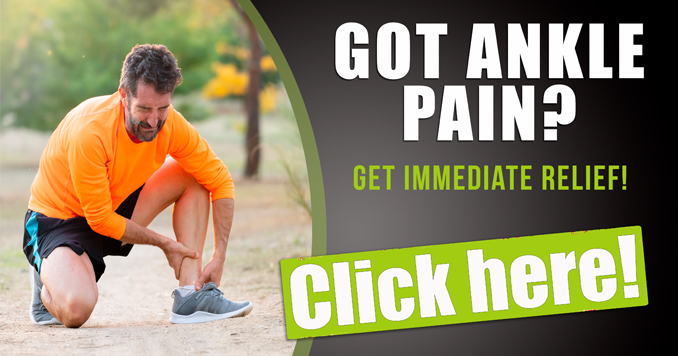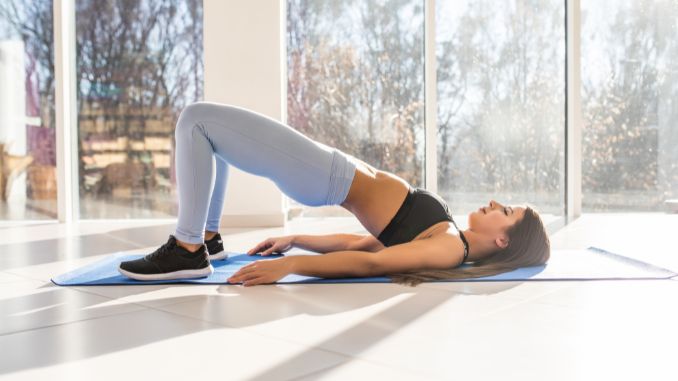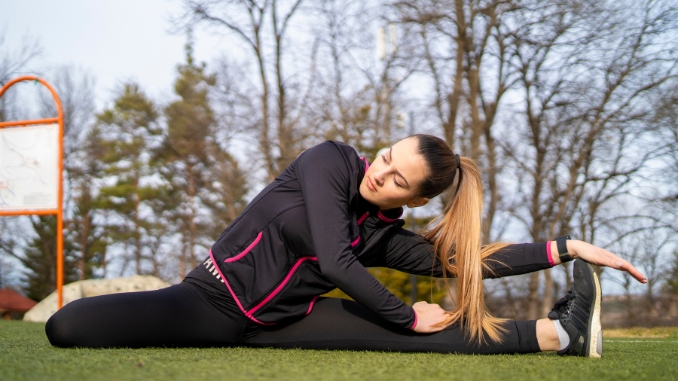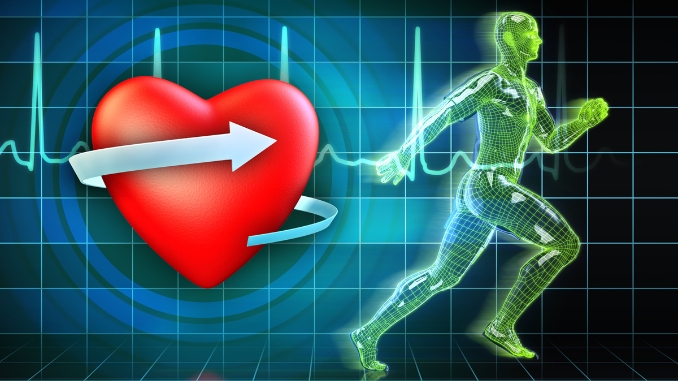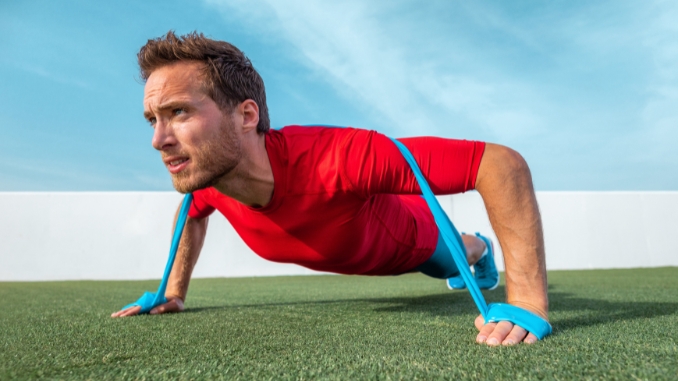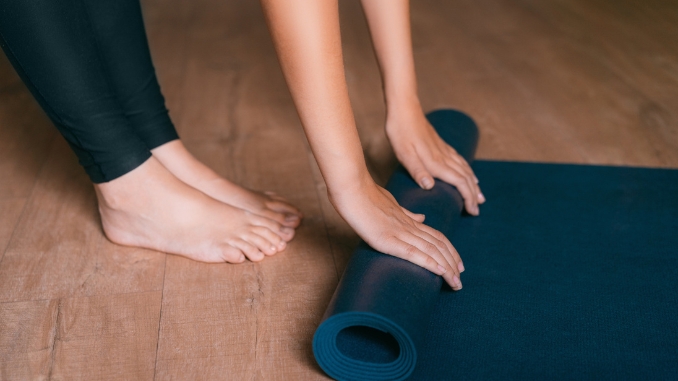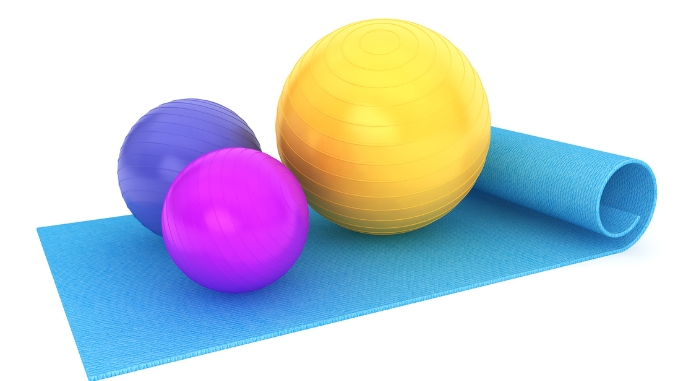Balance And Wobble Boards, What Are They?
Balance Board Vs Wobble Board are commonly regarded as similar tools for enhancing balance, stability, and core strength.
Moreover, while both serve a similar purpose, they differ in their design and application.
A balance board typically features a flat surface mounted on a fulcrum, offering stability with a hint of challenge.
Wobble board, on the other hand, has a more rounded or dome-shaped bottom, allowing for multidirectional wobbling motion that targets ankle stability and proprioception.
Therefore, whether you're a beginner or an athlete rehabilitating from injury, understanding their importance helps you choose the right option.
1. Wobble Board
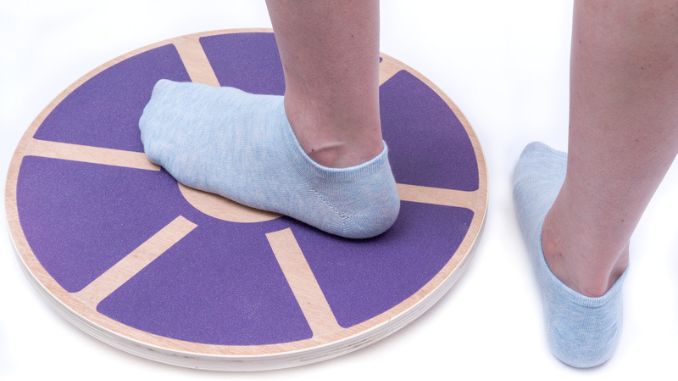
A wobble board is a specialized balance board with a rounded, textured surface that wobbles freely in all directions.
The dynamic wobbling motion, which is primarily used for ankle rehabilitation and strengthening, requires constant adjustments, enhancing proprioception and ankle joint stability.
Physical therapists widely use wobble boards [²] in ankle injury recovery, and they are also incorporated in fitness training to improve overall balance, core strength, and lower body strength.
Their versatility makes them suitable for various fitness levels, aiding in injury prevention, sports training, and general fitness. Therefore, the distinctive rounded bottom design facilitates targeted exercises for ankle rehabilitation and stability improvement.
Moreover, balance boards vs. wobble boards offer versatility; wobble boards focus on ankle rehab and lower-body stability, aligning with specific goals.
2. Balance Board
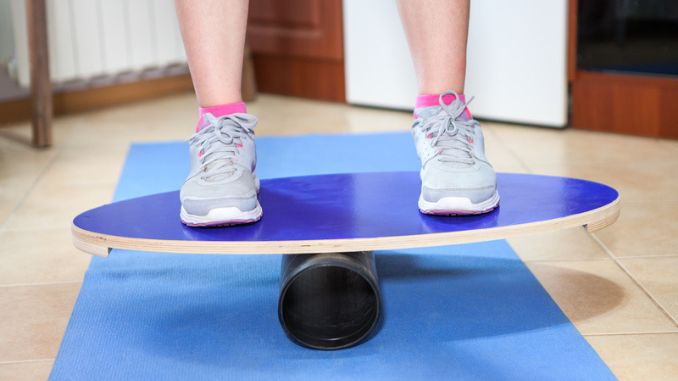
A balance board is a fitness and rehabilitation tool designed to enhance balance, stability, and core strength.
It features a rigid or flat surface that sways side to side, requiring users to engage their core muscles and make continuous micro-adjustments to maintain equilibrium.
Balance boards also do not have a singular design, and other balance boards vary in some way such as the following:
Factors In Choosing The Right Tool
1. Fitness Goals
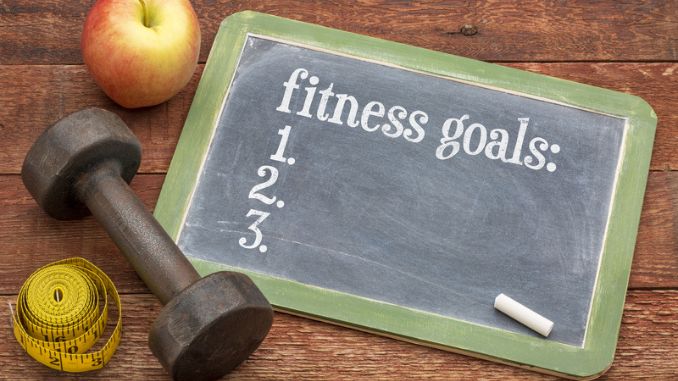
If you're looking to improve your overall balance, core strength, and stability, then the balance board is the way to go.
By challenging users to maintain equilibrium, the balance board engages muscles throughout the core, legs, and ankles.
Regular use of a balance board can lead to enhanced coordination, improved posture, and reduced risk of falls or injuries in various activities.
If you are looking for something that simulates real-life situations without requiring you to go out, choose the wobble board instead.
It helps in rebuilding strength and flexibility in the users' lower body, making it ideal for someone with balancing issues or those who want to improve lower body stability.
A wobble board is an effective tool for rehabilitation, strengthening, and targeted lower body stability. They can help restore range of motion, improve balance, and reduce sprains.
2. Range of Motion
These boards allow forward and backward tilting, side-to-side swaying, or circular movements on the hard surface.
If you don't like having the one-size-fits-all all type of tool, then you can choose the type of motion that aligns with your specific fitness objectives.
Whether it's improving balance, enhancing core strength, or targeting stability in particular directions, the balance board has you covered.
This makes it an ideal choice for individuals seeking to improve balance and stability in multiple planes of movement, especially for ankle rehabilitation or injury prevention purposes.
All in all, the wobble board provides a 360-degree wobbling motion, offering unrestricted movement in all directions.
This unique feature makes them particularly effective for balance improvement than a simple rocker board.
3. Skill Level
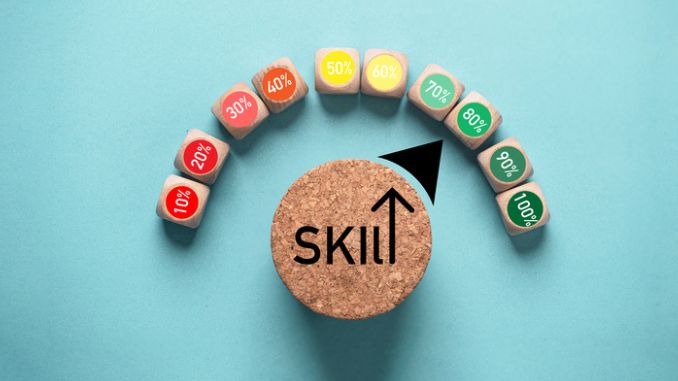
For beginners, it provides an entry point into balance training, with gradual progression from basic standing exercises to more dynamic movements.
Advanced users can further challenge themselves with complex exercises, enhancing stability and coordination skills.
By intensifying movements, it allows users to tailor workouts to their specific needs and goals.
As such, beginners may find it more difficult to use initially compared to a traditional balance board.
It's essential to consider your current fitness level and preferences when choosing between the two.
Some individuals may prefer the more stable experience offered by a balance board, while others may enjoy the dynamic challenge of a wobble board.
4. Rehabilitation Needs
Its adaptable design allows for exercises targeting balance, core strength, and stability, benefiting individuals recovering from injuries or seeking to enhance overall physical function.
The balance board helps rebuild strength, flexibility, and proprioception by engaging muscles throughout the body, particularly the core, legs, and ankles.
Whether in clinical or home settings, its progressive exercises support gradual rehabilitation.
It’s an excellent tool for individuals recovering from ankle injuries or seeking to strengthen their ankles.
If you have ankle-related issues or are recovering from an ankle injury, a wobble board may be more suitable due to its targeted focus on ankle rehabilitation.
5. Versatility
Its design allows for a wide range of exercises targeting various muscle groups, making it suitable for individuals looking for a comprehensive workout that addresses multiple areas of fitness simultaneously.
With its ability to challenge stability and coordination across different planes of motion, the balance board offers versatility in accommodating different fitness goals and exercise routines.
Its primary function is to challenge ankle balance and proprioception, which may not provide the same level of versatility for engaging other areas of the body.
While it can still be incorporated into workouts for added balance and coordination benefits, individuals seeking a more comprehensive full-body workout may find that these wobble balance boards offer greater versatility in targeting multiple muscle groups simultaneously.
Other Types Of Balance Boards
A. Rocker Board
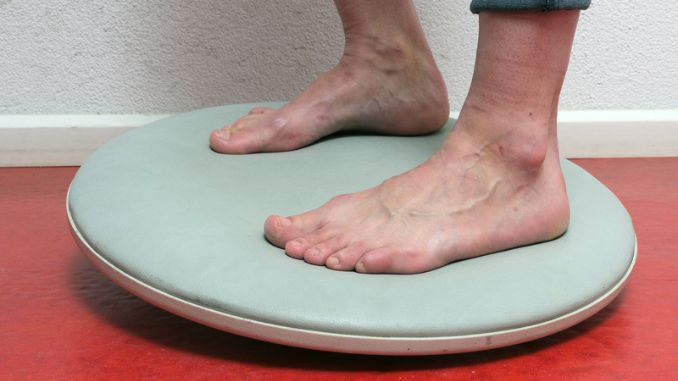
Rocker boards are a type of balance board that features a curved, rocker-shaped bottom.
Therefore, unlike flat balance boards, which typically pivot around a central fulcrum, rocker boards allow for continuous rocking motion from side to side or front to back.
Moreover, this design creates a dynamic and unstable surface, challenging users to engage their core muscles and maintain balance while performing various exercises.
This type of activity is usually done barefoot, specifically to help the user get a good grip on the board's non-slip surface.
Rocker boards are versatile tools that can be used for balance training, core strengthening, rehabilitation, improving coordination, and promoting more stability.
They are popular among athletes, physical therapy patients, and individuals looking to enhance their fitness and balance skills.
B. Standing Desk Balance Board
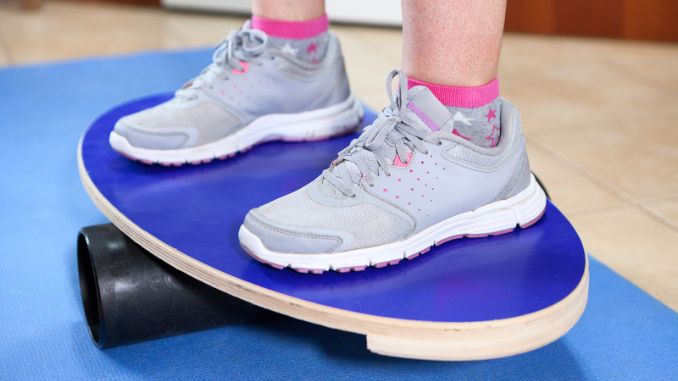
A standing desk balance board, also known as a balance board desk accessory or wobble board for standing desks. It is specifically designed to promote active standing and improve posture while working at a standing desk.
These balance boards typically feature a flat, stable surface with a slightly rounded or contoured bottom. It allows for subtle movement and weight shifting while standing.
By incorporating gentle rocking or swaying motions into your standing desk setup. These boards help engage the muscles in your legs, core, and feet.
Reducing fatigue, improving circulation, and preventing stiffness associated with prolonged standing.
Moreover, these Standing desk accessories offer a simple yet effective way to add movement and ergonomic support to your workspace, promoting a healthier and more comfortable work environment.
Practical Tips For Wobble And Balance Boards
Incorporating Balance Boards [¹] vs Wobble Board into your fitness routine can significantly enhance your balance, stability, and core muscles.
Whether you're a beginner or an experienced athlete, Balance Board Vs Wobble Board boards are versatile tools that offer a wide range of exercises to challenge your body in new and dynamic ways.
Here are some practical tips to consider to help you make the most of your wobble and balance boards:
Don't Rush Practices
When using Balance Board Vs Wobble Board, you must not rush through your exercises. Take your time to focus on proper form and technique, and gradually increase the intensity as you become more comfortable.
Rushing through exercises can increase the risk of injury and may compromise the effectiveness of your workout.
Mix Up Your Routine
Keep your workouts challenging and interesting by incorporating a variety of exercises and movement patterns. Experiment with different exercises targeting various muscle groups and balance challenges.
Mixing up your routine not only prevents boredom but also ensures that you're continually challenging your body in new ways, leading to better results over time.
Proper Foot Placement
Ensure that your feet are positioned correctly on the board to maximize stability and effectiveness. Keep your feet shoulder-width apart and distribute your weight evenly between both feet.
Avoid standing too close to the edges of the board, as this can destabilize your stance and increase the risk of tipping over.
Stay Consistent
Consistency is key to seeing progress with wobble and balance board training. Make it a habit to incorporate these tools into your fitness routine regularly, aiming for several sessions per week.
Consistent practice will help improve your balance, stability, and core strength [³] over time.
Listen To Your Body
Pay attention to how your body feels during and after using wobble and balance boards. If you experience any pain, discomfort, or unusual sensations, stop the exercise immediately.
Ask your physical therapist should any of these problems persist.
Conclusion
The comparison between Balance Board Vs Wobble Board reveals distinct attributes that cater to varied fitness goals. Wobble boards specialize in ankle rehabilitation and lower body stability with their unique 360-degree wobbling motion.
The integration of practical tips, emphasizing safety, gradual progression, and proper posture, is pivotal for a well-rounded and effective fitness experience with both types of boards.
Ultimately, the choice depends on individual preferences and specific fitness objectives.
Unlock Your Tight Ankles Now! If tight ankles are holding you back from your fitness goals or daily activities, it's time to take action. Discover simple, effective exercises and techniques to improve your ankle flexibility and overall mobility. Don't let tight ankles limit your potential—start your journey to better movement and a healthier lifestyle today!


